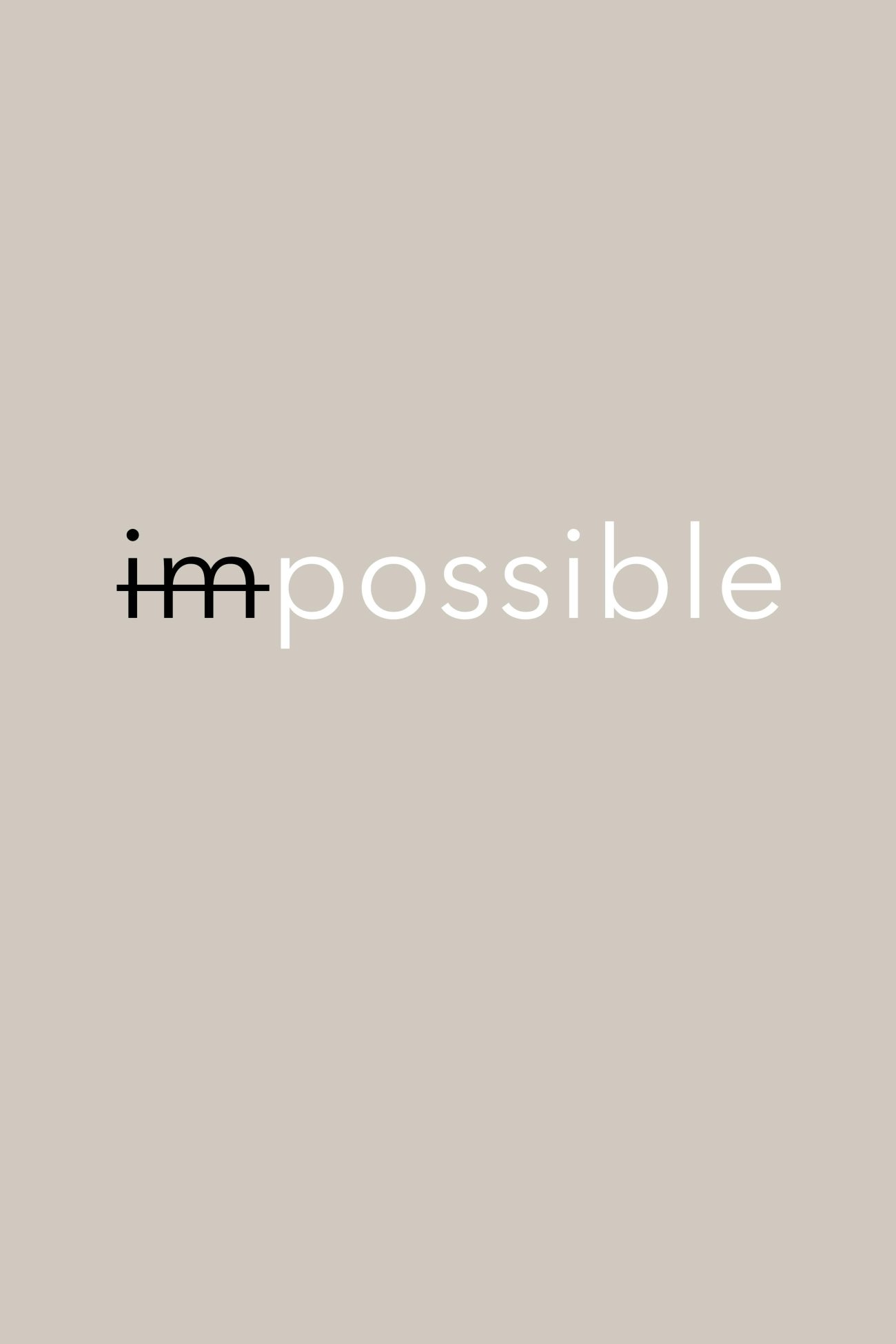Every creative person—whether a writer, artist, designer, or musician—has faced the dreaded creative block. That frustrating feeling when ideas refuse to flow, and inspiration seems out of reach. But creative blocks aren’t permanent. With the right strategies, you can break through the mental barriers and reignite your imagination. Here are proven ways to overcome creative blocks and spark inspiration.
1. Change Your Environment
Sometimes, the best way to jumpstart creativity is to step away from your usual workspace. A change of scenery can stimulate new ideas and shift your perspective.
Take a Walk
Physical movement increases blood flow to the brain, which can help clear mental fog. A short walk outside, especially in nature, can refresh your mind and inspire fresh ideas.
Rearrange Your Workspace
A cluttered or monotonous environment can stifle creativity. Try reorganizing your desk, adding plants, or even working from a coffee shop for a change of pace.
Travel (Even Virtually)
If possible, visit a new place to gain fresh experiences. If travel isn’t an option, explore virtual tours, documentaries, or books about different cultures and landscapes.
2. Engage in Freeform Creativity
When you’re stuck, structured thinking can sometimes make the block worse. Instead, try unstructured, playful activities to loosen up your mind.
Brainstorm Without Judgment
Set a timer for 10 minutes and write down every idea that comes to mind—no matter how silly or impractical. The goal is quantity, not quality. Later, you can refine the best ones.
Doodle or Sketch
Even if you’re not an artist, doodling can unlock subconscious ideas. Let your hand move freely without worrying about the outcome.
Try a Different Medium
If you’re a writer, try painting. If you’re a designer, experiment with music. Switching mediums can help you approach problems from a new angle.
3. Seek Inspiration from Others
Creativity thrives on connection. Exposing yourself to others’ work can trigger new ideas and perspectives.
Read Books or Watch Films
Immerse yourself in stories, art, or films outside your usual preferences. Pay attention to what resonates with you and why.
Listen to Music
Music has a powerful effect on emotions and creativity. Try instrumental tracks or genres you don’t usually listen to.
Collaborate with Others
Discussing ideas with a friend or colleague can provide fresh insights. Even a casual conversation might spark a breakthrough.
4. Establish a Routine (But Stay Flexible)
While creativity often feels spontaneous, having a routine can provide the structure needed to foster inspiration.
Set Creative Hours
Identify the time of day when you feel most creative and dedicate it to your craft. Consistency trains your brain to be ready for creative work.
Use Rituals to Signal Creativity
A simple ritual—like brewing tea, lighting a candle, or playing a specific song—can signal to your brain that it’s time to focus.
Take Breaks Intentionally
Working nonstop leads to burnout. Schedule short breaks to recharge. The Pomodoro Technique (25 minutes of work, 5 minutes of rest) can help maintain momentum.
5. Embrace Constraints
Paradoxically, limitations can fuel creativity by forcing you to think differently.
Set Artificial Boundaries
Challenge yourself with constraints, like writing a story in 100 words or designing with only three colors. Restrictions can lead to innovative solutions.
Work on a Side Project
If your main project feels overwhelming, shift to a smaller, low-pressure creative endeavor. The freedom to experiment can reignite your passion.
Limit Your Tools
Instead of relying on all available resources, try creating with minimal tools. For example, write with pen and paper instead of a computer.
Conclusion
Creative blocks are temporary, and inspiration is always within reach. By changing your environment, engaging in freeform creativity, seeking inspiration from others, establishing a flexible routine, and embracing constraints, you can break through mental barriers and rediscover your creative flow. The next time you feel stuck, try one of these strategies—your next great idea might be just around the corner.
